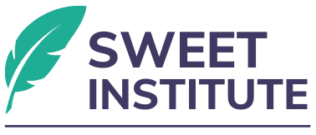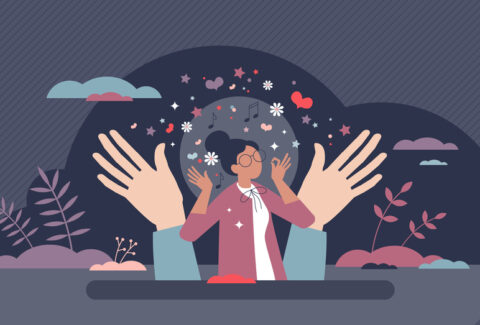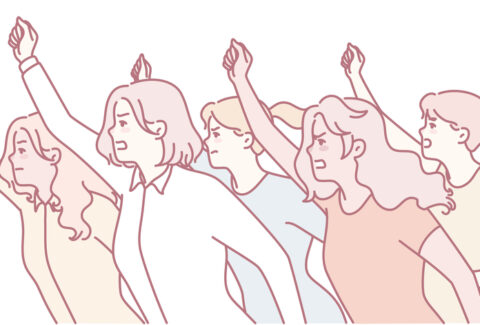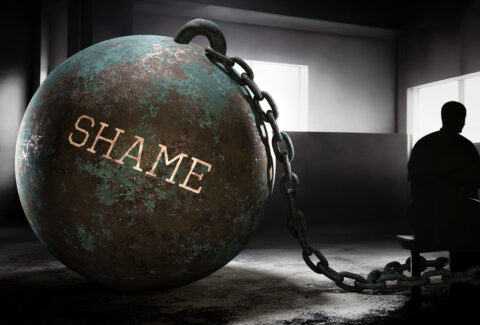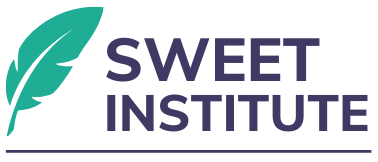The Hidden Enemy Within: What Is Internalized Oppression?
Internalized oppression is one of the most insidious consequences of systemic injustice. It is the process by which individuals from marginalized groups come to adopt the negative messages, stereotypes, and beliefs that society projects onto them. Unlike overt acts of discrimination, internalized oppression hides in the quiet corners of our minds, shaping self-talk, self-image, and even the way we interact with others. It becomes the hidden enemy within.
Defining Internalized Oppression
At its core, internalized oppression occurs when people from targeted groups unconsciously absorb the dominant culture’s stereotypes and demeaning beliefs. Paulo Freire (1970) described this as the ‘oppressor within,’ where the very logic of the oppressor gets lodged into the psychology of the oppressed. Research in social psychology supports this idea, showing that exposure to negative stereotypes can lead to self-stigma and reduced self-esteem (Corrigan & Watson, 2002).
How It Shows Up in Daily Life
Internalized oppression manifests in many subtle but destructive ways:
- Negative inner dialogue: Believing ‘I’m not good enough’ or ‘People like me don’t belong here.’
- Horizontal hostility: Distrusting, criticizing, or competing against members of one’s own group.
- Limiting aspirations: Believing certain careers, roles, or opportunities are ‘not for people like us.’
- Policing identity: Shaming others in the community for not conforming to imposed stereotypes.
- Self-silencing: Withholding opinions or shrinking one’s presence in spaces of power.
The Psychological Toll
The internalization of oppressive beliefs can lead to depression, anxiety, imposter syndrome, and chronic stress. Claude Steele’s (1997) research on stereotype threat reveals how simply being aware of stereotypes can diminish performance and reinforce cycles of underachievement. Neurobiological studies also show that chronic exposure to stressors related to discrimination can alter brain functioning and stress regulation systems (Bertrand & Mullainathan, 2004; Williams & Mohammed, 2009).
Why Awareness Is the First Step
Because internalized oppression often hides in the unconscious mind, awareness is the first critical step to dismantling it. By recognizing harmful thought patterns and naming them for what they are—products of oppression rather than personal truth—individuals can begin the process of reclaiming their authentic voices and identities. This is not only an act of personal healing but also of collective liberation.
Reflection Questions
- What are some negative beliefs you have held about yourself that may actually come from societal stereotypes?
- Have you ever judged or distanced yourself from others in your community based on stereotypes?
- How does your inner dialogue shift when you consider that some of your doubts may not be your own voice, but the echo of systemic oppression?
References
- Corrigan, P. W., & Watson, A. C. (2002). Understanding the impact of stigma on people with mental illness. World Psychiatry, 1(1), 16–20.
- Freire, P. (1970). Pedagogy of the Oppressed. Herder and Herder.
- Steele, C. M. (1997). A threat in the air: How stereotypes shape intellectual identity and performance. American Psychologist, 52(6), 613–629.
- Bertrand, M., & Mullainathan, S. (2004). Are Emily and Greg more employable than Lakisha and Jamal? A field experiment on labor market discrimination. American Economic Review, 94(4), 991–1013.
- Williams, D. R., & Mohammed, S. A. (2009). Discrimination and racial disparities in health: evidence and needed research. Journal of Behavioral Medicine, 32(1), 20–47.
Download the scholarly version of this article by clicking HERE
